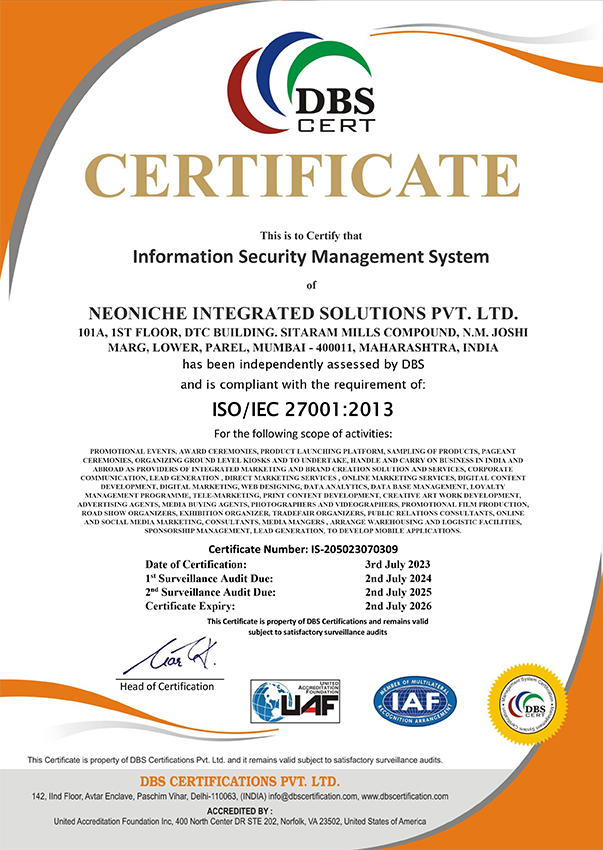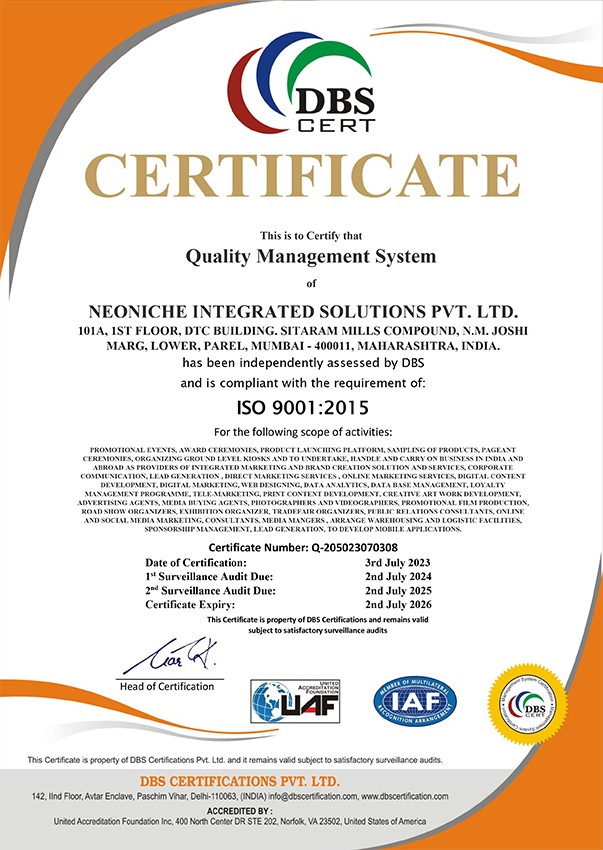How do you see the overall marketing sector today?
There was a barrier for international companies in the past, with a typical ATL kind of marketing. Today, there is a clutter in ways that you can reach out to people. There are multiple entry points to reach the consumer. If consumers don’t like a product they have ways of speaking out through various means. What has also happened is that some brands were not proactive anymore. It was more about how you felt the brand through the five senses. Slowly after the 2000’s, the digital world creeped in as content became king and the four P’s of marketing became the four C’s of marketing. There was no ATL or BTL anymore. Now is an interesting time to be in the market.
How important is experiential marketing in today’s dynamic scenario?
If you look at a lot of campaigns around the world and all the technological advancements, people are now experiencing brands through AR, VR and other technological sources. They are understanding brands through differentiation. They are no longer experiencing the virtue of a brand but are experiencing what their five senses feel and that is why experiential marketing is so important in the current dynamic scenario.
How significant is it to reach out to millennials now?
You have to understand the generation and the kind of information they have been fed. You look at the 70’s, 80’s or the current ones, the right and the speed to information is as fast as time progresses. Today, anyone can be a brand advocate at the click of a button. The time to market becomes important. Earlier it would take time to build a brand and create an image. However, today the good, bad and ugly is all there too fast. If you aim a product at this generation, you have to understand their psychology, what do they do and how much time they spend on certain media. You have to reach this audience at the speed of light.
How, according to you, are brands reacting post-GST and demonetisation in the country?
I will segment it in two ways. There are industry sectors that have started spending more after the GST rollout. There are a lot of queries and trouble around it. For industries like IT, telecom or MNCs who have already figured it out, this is an opportunity for them, especially B2B segments, where smaller enterprises become their clients and so these guys are spending more. There are a lot more events happening like lunch and learn and knowledge segmented events. Sectors like finance have slowed down spends post GST. If you look at automobile as a segment, even they have decreased their spends on experiential campaigns. They are holding off their launch events or postponing them. The supply chain gets affected with these changes. Currently, no start-up is spending post GST and they are trying to figure things out. Mid market again depends on the kind of product they are offering. MNCs are not looking much into it and have continued spending in experiential marketing. They have already tried and tested besides, they were also ready for it.
How does NeoNiche play a unique role compared to its competitors?
There were ATL agencies; then there were others who would take mandates from ad agencies and execute it as an event, soft launch or product launch. What was missing was the need to understand the single voice of brands by connecting all dots and that’s where we worked as a marketing company with focus on a single unified voice. With all the clients we work with, we are much higher in the value chain. We are more brand consultants with them who understand the brand. We have given real-world solutions to real-world problems and that’s why we grew so fast compared to the industry in the last six years.
Where does NeoNiche see itself three years from now?
I spell entrepreneur as “courage” and you need to be courageous. We look at being the leading experiential marketing company in areas of people practices, customer practices and revenue. Rural is one of the key areas and with GST, broadband and other entrances, we want to focus on them.


